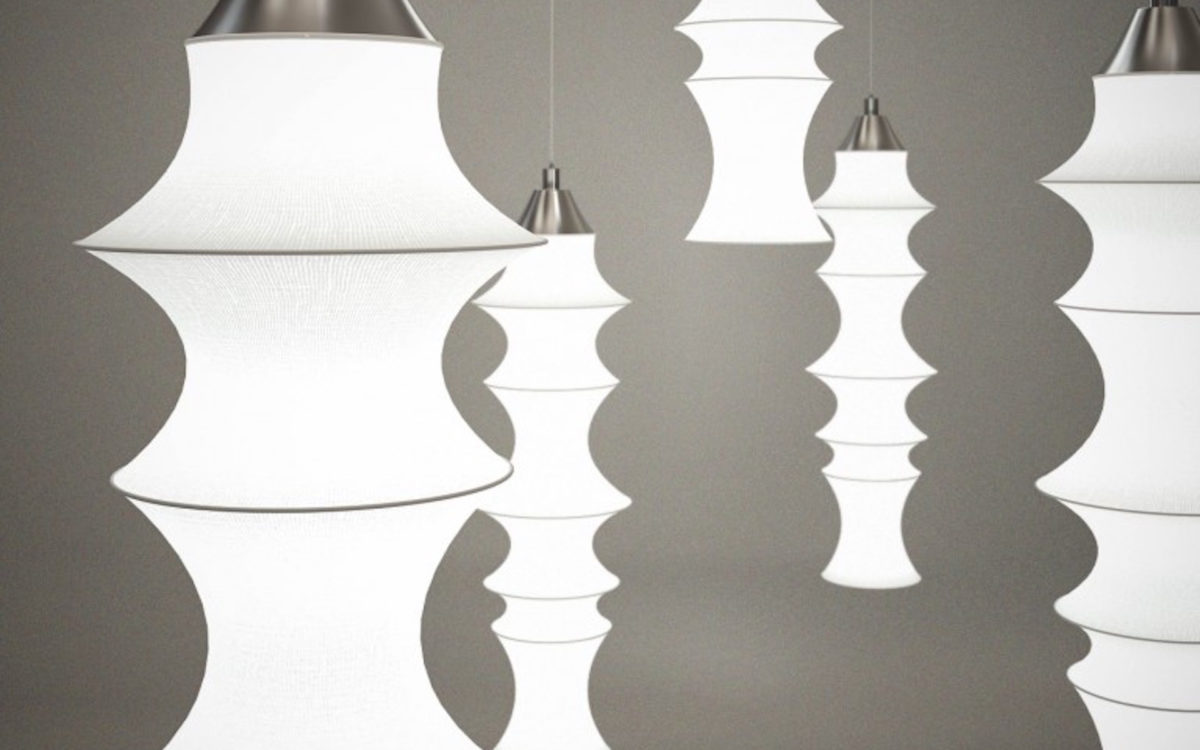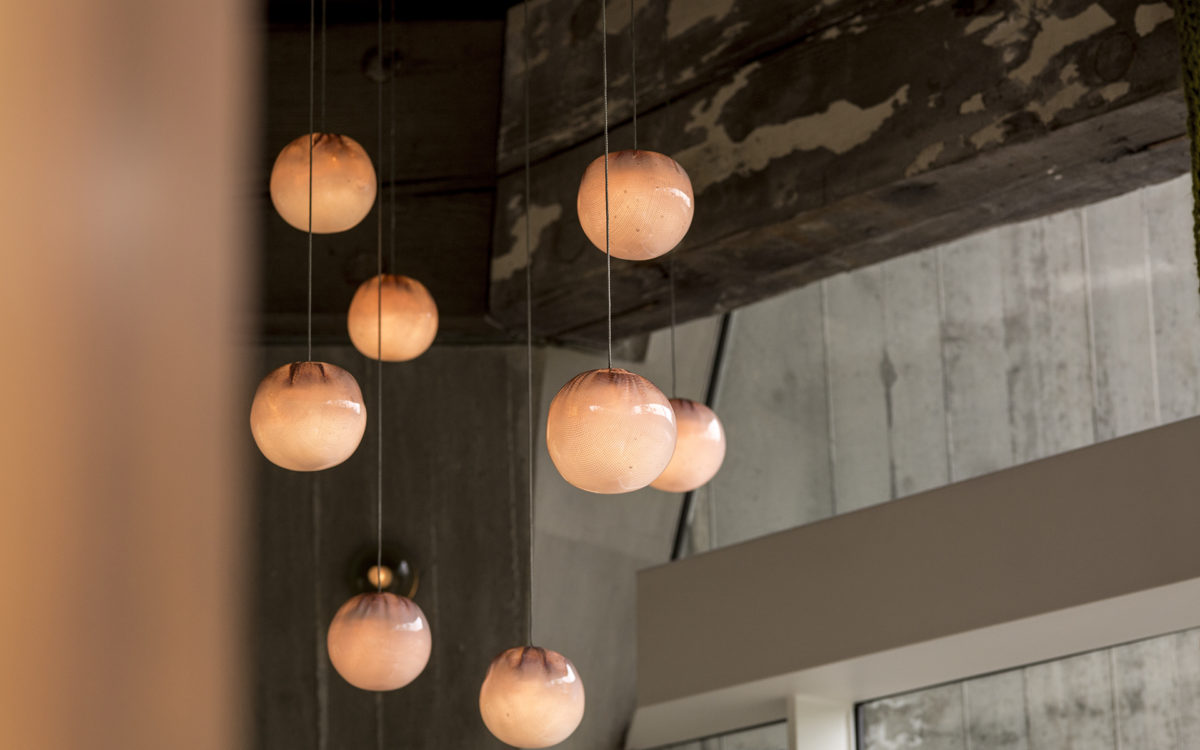The story of Danese Milano is a story of material culture, suggested functions, discreet pedagogies and practical beauty. The legacy of the founders, with the work done by Bruno Munari, Enzo Mari, Angelo Mangiarotti and Achille Castiglioni, can be found in the catalog where it continues with the projects of Matali Crasset, Elliot Erwitt, Marco Ferreri, James Irvine, Naoto Fukasawa, Martì Guixè , Jonathan Olivares, Paolo Rizzatto, Francisco Gomez Paz, Jean Nouvel and BIG.
Since its foundation in the 1950s, by Bruno Danese and Jacqueline Vodoz, Danese Milano is a company that values space. It does so with a catalog of disruptive objects. The spirit of the times and the centrality of the human being are reflected in the importance that the company assigns to the choice of authors it involves. The quality of the materials it applies and the synthesis of forms achieved so far transcend seasonality. The creation of archetypes for the home and office such as the desire to design contemporary objects whose innovation does not dilute over the course of history is the furrow that Danese continues to trace today: with the artistic direction of Giulio Iacchetti Danese it continues this path addressing the different registers of the project, from the small series to the industrial dimension, without losing the creative drive or the versatility of applications in different contexts of use.










